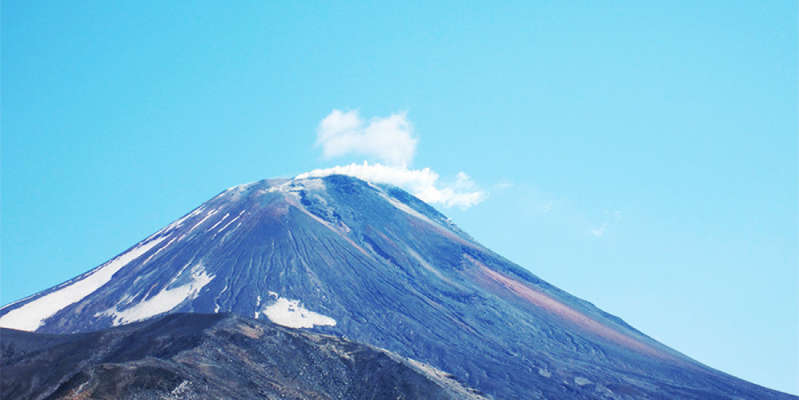
In Greenland, found traces of activity of ancient volcanoes
Scientists from the Geological Survey of Denmark and Greenland have found out what processes took place on Earth 56 million years ago. During that period, there were active volcanic eruptions on the planet, reports Communications Earth & Environment.
Volcanoes have had a significant impact on the climate, turning some areas of the far north into tropics. The new study found that volcanism also plugged the sea space between the Arctic and the Atlantic, changing the way ocean waters mix.
Scientists have explored an under-explored area in northeastern Greenland. They analyzed sedimentary rocks, microscopic fossils, and studied geological features using seismic imaging.
It turned out that in ancient times the land level in this area rose sharply, because of which the Arctic Ocean was cut off from the Atlantic.
“We found that volcanic activity and the resulting uplift of the edge of the Greenland continent 56 million years ago led to the formation of a new tropical landscape and a narrowing of the sea route connecting the Atlantic and Arctic oceans,” the text of the scientific work says.
These processes have changed the distribution of heat and acidity in the oceans. The sea space connecting modern Greenland and Norway has narrowed, deep waters turned into shallow estuaries, rivers and swamps.
Ocean currents play an important role in shaping the circulation of winds and weather around the globe. The isolation of Arctic waters 56 million years ago exacerbated the warming that was happening then. But there were other consequences: the uplift of part of the land created a land bridge for migrations, and many animals used it to get to cooler regions. Among them, according to scientists, were early primates.
The study authors noted that the current warming is very similar to what happened 56 million years ago. Studying it, it is possible to predict the response of terrestrial ecosystems to changing climatic conditions.
Earlier it was reported that scientists have found a way to predict the disappearance of sea ice in the Arctic. They are assisted by an artificial intelligence system.

